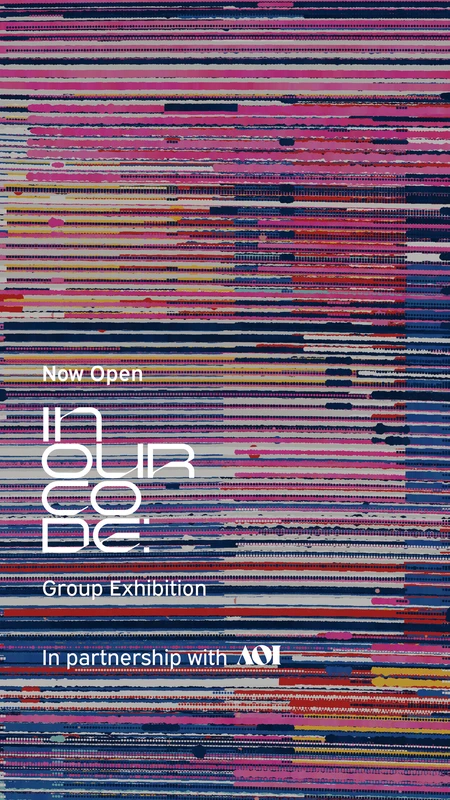In Our Code
13 Sep-16 Oct 2022
PV 15 Oct 2022, 6-9pm


Unit London and renowned generative art patron AOI join forces to present In Our Code, a groundbreaking generative art exhibition to coincide with Frieze London.
Bringing together 11 innovative artists working at the intersections of code and consciousness, In Our Code examines the nuances that exist in the liminal space between binary lines of code – where life, art and beauty are found. By highlighting parallels between the ways that machines, such as computers, and the human brain process and communicate information, this exhibition examines the interrelational dynamics at play between artist, artwork and audience. As digital and physical mediums become more interconnected, what goes into our relationship with technology – and what comes out of it – has never been more important to explore.
The input-output, often referred to as I/O, is a core building block of generative art and any computing system. It is embedded in any operation, program or device that transfers data to or from a computer. Each generative artist included in this exhibition uses a unique system of data entry or manipulation to construct their visual outputs via a specific autonomous system. While this autonomous system, under the control of the artist, creates derivatives, the fundamental idea is that every input results in an output. While the computer inserts an act of randomness, the artist is the constructor of the binary lines of code that provide the underlying framework for the entire creative process.
Here, In Our Code offers insight into the area between concepts of process, behaviour and system by presenting the inputs and outputs together, in dialogue with one another. Rather than solely focusing on the visual output, as one might expect from an exhibition of generative art, this exhibition presents the space in which artists manipulate, control or encourage the computing machine to create. Emphasis is given to the importance of the artist’s role as creator through their relationship with the machine, as opposed to the computational processes used by the apparatus to generate the artwork. By first encountering the stimuli that constitute the artist’s input, and then experiencing the creative output, the viewer is invited to interpret the relationship using their own algorithm – stepping momentarily into the transitional space between I/O and simulating, or re-routing, the governing patterns of this fundamental computational process.